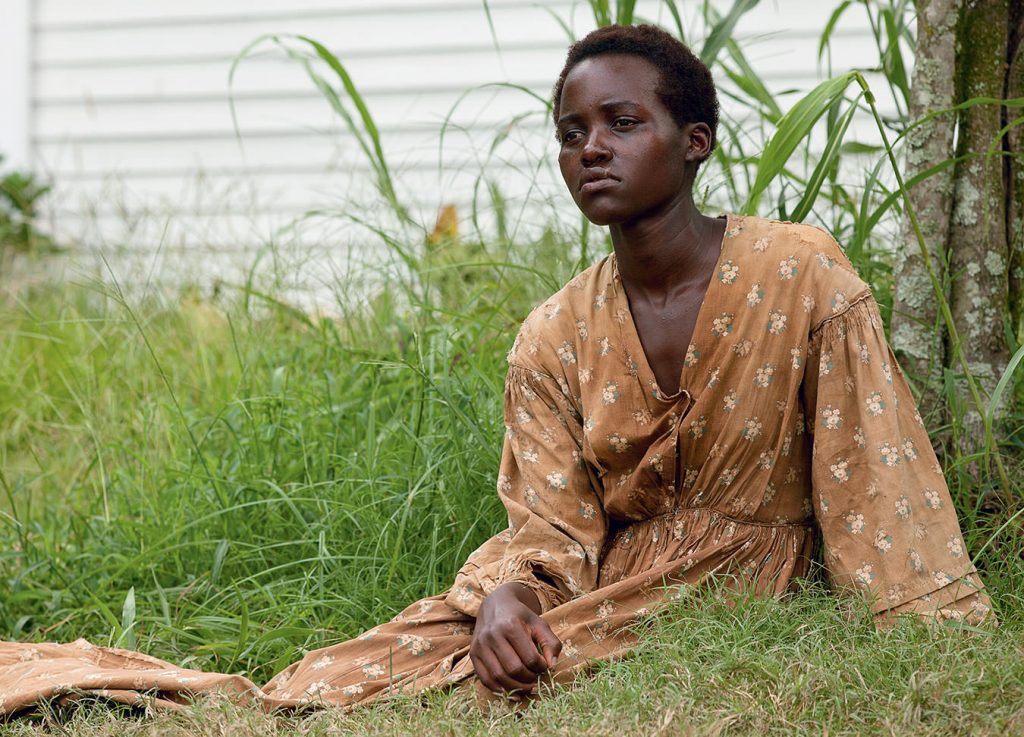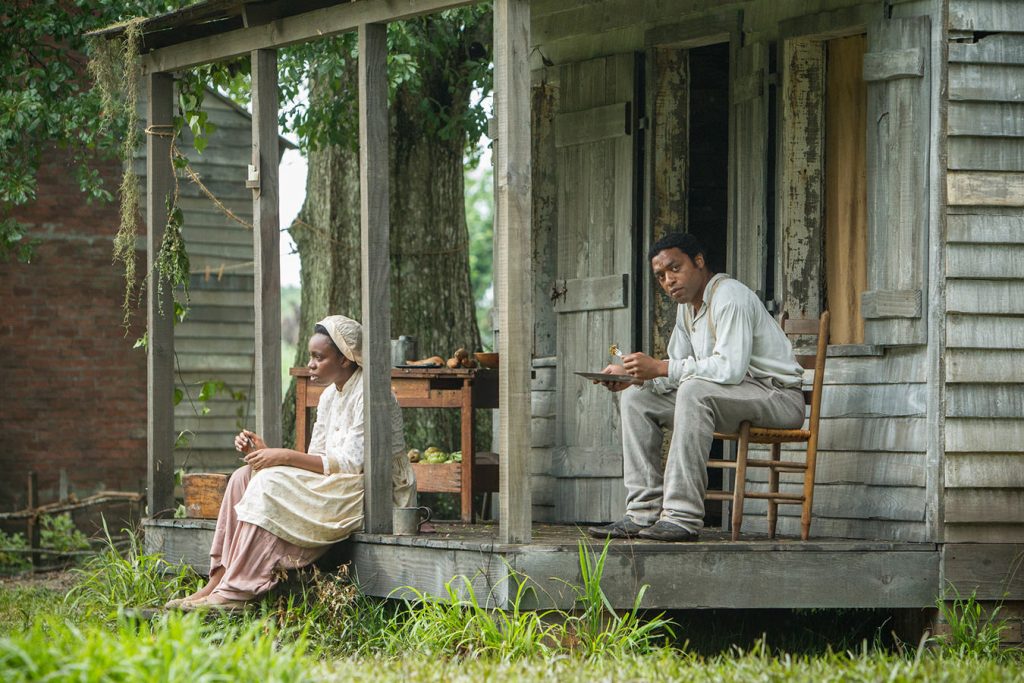In advance of a screening and discussion of 12 Years a Slave (2013), the Walker Art Center in Minneapolis published an interview with the film’s director, Steve McQueen. He there describes the film as a feminist project. It is easy to balk at such a claim for the simple fact of a man making it, but taking McQueen seriously, an analysis of the film should give an indication of what the director understands feminism to be.
12 Years a Slave centres on Solomon Northup, a free man sold into slavery in antebellum America. The film is an adaptation of Northup’s autobiography of the same name, which was first published in 1853, the same year he regained freedom due to some situational luck and the basic decency of another. In McQueen’s translation of the story into cinema, he and his cast have garnered a slew of award nominations, including Oscar nods for Best Director, Best Actor for Chiwetel Ejiofor’s portrayal of Northup, and Best Supporting Actress for Lupita Nyong’o’s harrowing embodiment of Patsey, a fellow enslaved person on a plantation known for the cruelty of its owner. (Nyong’o then went on to win the award and the film took home Best Picture.) It is through the female characters in the film, most obviously, that a feminist pulse emanates, their staunch complexity pointing toward a most fundamental feminist aspiration. It is, as curator Helen Molesworth has written: “the fundamental reorganization of the institutions that govern us, as well as those that we, in turn, govern.”
This move between individual agency and structural inertia is not uncomplicated. The women of 12 Years—Patsey, the plantation’s most efficient worker and subject of the owner’s vile sexual impulses; Eliza, another enslaved women separated from her children; Mistress Shaw, an enslaved woman bestowed extravagant favours by the man who believes he owns her—collapse an easy extrapolation from personal to political through their very survival. Patsey begs to be removed from her sorrow through death, rather than some fanciful idea of revolution. Eliza and Mistress Shaw mine their (fleeting) states of exception to serve themselves in a situation that is already and always inhumane. Though the tactics of the women are varied, it is the insertion of their humanity into narratives that would otherwise efface it that upholds the possibility of social and structural reorganization despite the ways in which these systems remain in place.
The women of 12 Years A Slave … collapse an easy extrapolation from personal to political through their very survival.
U.K. artist Lis Rhodes suggests another battlefield through her 1978 short film, Light Reading: language. Speech itself is power; speech itself is transformative. A feminist reorganization of social structures can be performed through language, alongside those refusals or insistences performed by the body. Falling somewhere between poetry and prose, Light Reading is composed of fragmented and repeating black-and-white images of Letraset type, rulers, and a bed in disarray. Rhodes’s voice intones over the collage the story of a “she” or “her”, a female subject who does not succumb to narrative or representation (her story is not straightforward and her figure never appears) but rather embodies the power behind the grammars of looking and language. For instance, the voice insists on subjecthood over objecthood, the slight but significant difference between the agency of looking and being subject to the gaze, as when the narrator invokes that “she was seen and she saw / she was seen as object / she saw as subject / but what she saw as subject / was modified / by how she was seen as object / she objected / she refused to be framed.” The female narrator speaks, and the viewer of the film is implicated in this action: the position of watching somehow aligns with speech, the audience becoming a surrogate of sorts, aware of the power of looking and being looking upon.
From Light Reading and 12 Years a Slave, much can be garnered about the ways society has been organized and the forms of refusal embedded therein. Power is not surprising, but rather patriarchy and racism are. Both of these works can be read as feminist through the process of dissolving the frame, through their ability to either affect the way we see/read/feel, or by encouraging recognition or negotiation where it may not have existed before. Rhodes and McQueen are successful to the extent that we recognize ourselves in their characters, both where our affinity begins and, importantly, where it ends. We cannot know, not ever, what it might have been like to move alongside Solomon and Patsey in 12 Years or the “she” of Light Reading, but we can behave as though we respect them when we govern ourselves inside the institutions we occupy today.
Photo: Lupita Nyong’o as Patsey in 12 Years a Slave. ©2013 Twentieth Century Fox Film Corporation.










